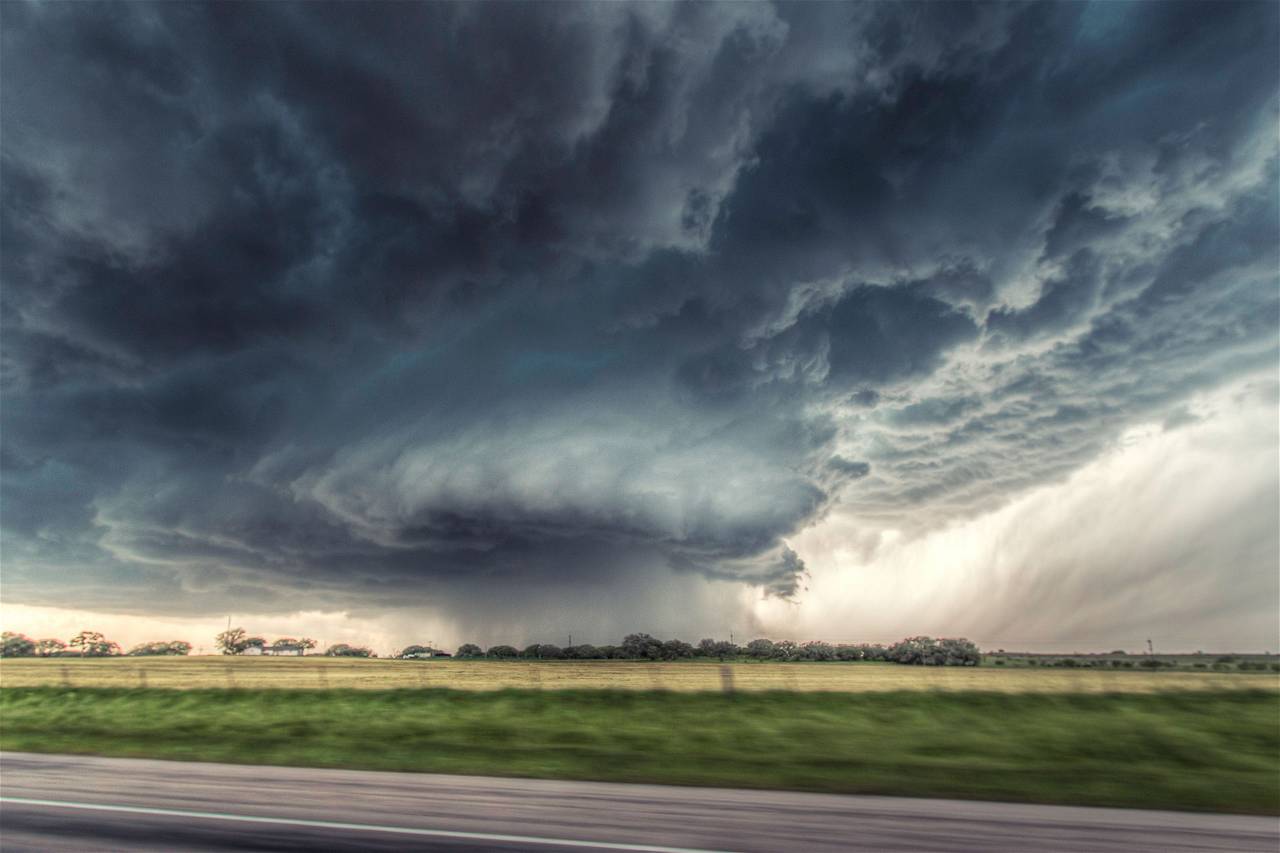
Global warming is expected to make India’s monsoon season even more dangerous and unpredictable, a million years of research suggests.
Scientists have known for years that global climate change is causing harm to the monsoon season. Past research based on computer models said that the worldwide temperature rise caused by greenhouse gases, and therefore the increased moisture in the warmed atmosphere, will end in rainier summer monsoon seasons and unpredictable, extreme rainfall patterns.
The new paper, published last week on Friday in the Journal Science Advances, further adds evidence for the idea by looking back over the past million years to give a way of monsoons to come.
Generally, the monsoon season runs from June to September, brings maximum amounts of rain to South Asia that’s vital to the region’s agrarian economy. Those rains directly affect the lives of one- fifth of the world’s population, nourishing or destroying crops, causing flooding, taking lives and spreading pollution. The changes brought by climate change could reshape the region, and history, the new research suggests, is a guide to those changes.
The researchers had no time machine, so they used the next best thing: mud. They have drilled core samples in the Bay of Bengal (in the northern Indian Ocean), where the run-off from monsoon seasons drains away from the sub-continent.
The core samples were 200 meters long and provided a diverse record of monsoon rainfall. Wetter seasons put more clean water into the bay, decreasing the salinity at the surface. The planktons that live at the surface die and sink to the sediment below, layer after layer.
Working over the core samples, the scientists analyzed the fossil shells of the plankton, measuring oxygen isotopes to determine the salinity of the water they lived in. The high- rainfall and low- salinity times came after periods of maximum concentrations of atmospheric carbon dioxide, lower levels of global ice volume and subsequent increases in regional moisture-bearing winds.
Now the human activities are increasing the present level of atmospheric greenhouse gases, the research suggests, we will expect to witness the same monsoon patterns emerge.
Steven Clemens, a professor of earth, environmental and planetary sciences at Brown University and lead author of the study, said, “We can verify over the past million years increases in carbon dioxide within the atmosphere have been followed by substantial increases in rainfall in the South Asian monsoon system.” The predictions of the climate models are “wonderfully consistent with what we see in the past million years,” he added.
Another professor Levermann said that the consequences for the people of the Indian sub-continent are dire; the monsoon already drops tremendous amounts of rain and “can always be destructive,” he said, but the risk of “catastrophically strong” seasons is growing, and the increasingly erratic nature of the seasons holds its own risks. “And it is hitting the largest democracy on the planet- in many ways, the most challenged democracy on the planet,” he added.
















